Hamster Care
About hamsters
Hamsters are small rodents and have a life expectancy of around 2 years. They used to be thought of as a child’s first pet, however over recent years it has been shown that hamsters can be quite high maintenance and have complex needs. They are fragile creatures that can be easily injured by careless handling. Not all hamsters are social or enjoy being handled. You should try not to wake your hamster when they are sleeping unless necessary. Most hamster species are crepuscular, which means they are most active during twilight hours, rather than being strictly nocturnal.
There are several different breeds of pet hamsters including Syrian, Campbell’s Russian, Winter White, Roborovski and Chinese hamsters.
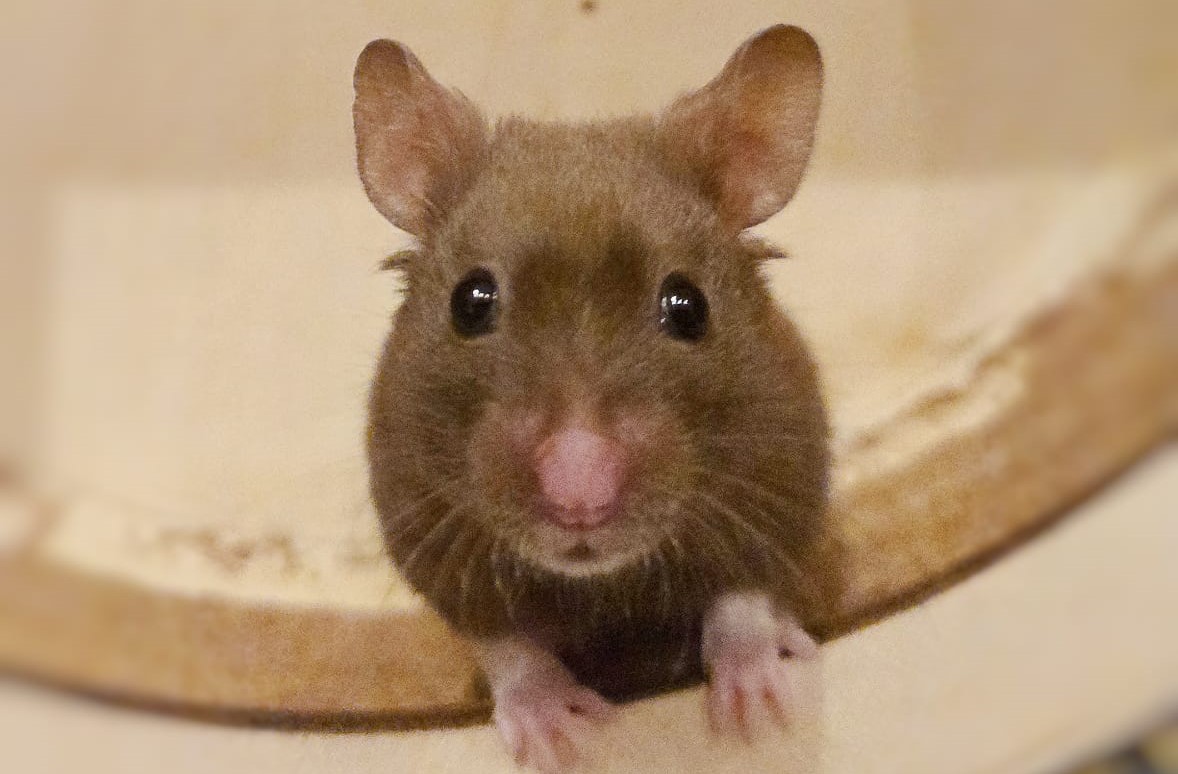
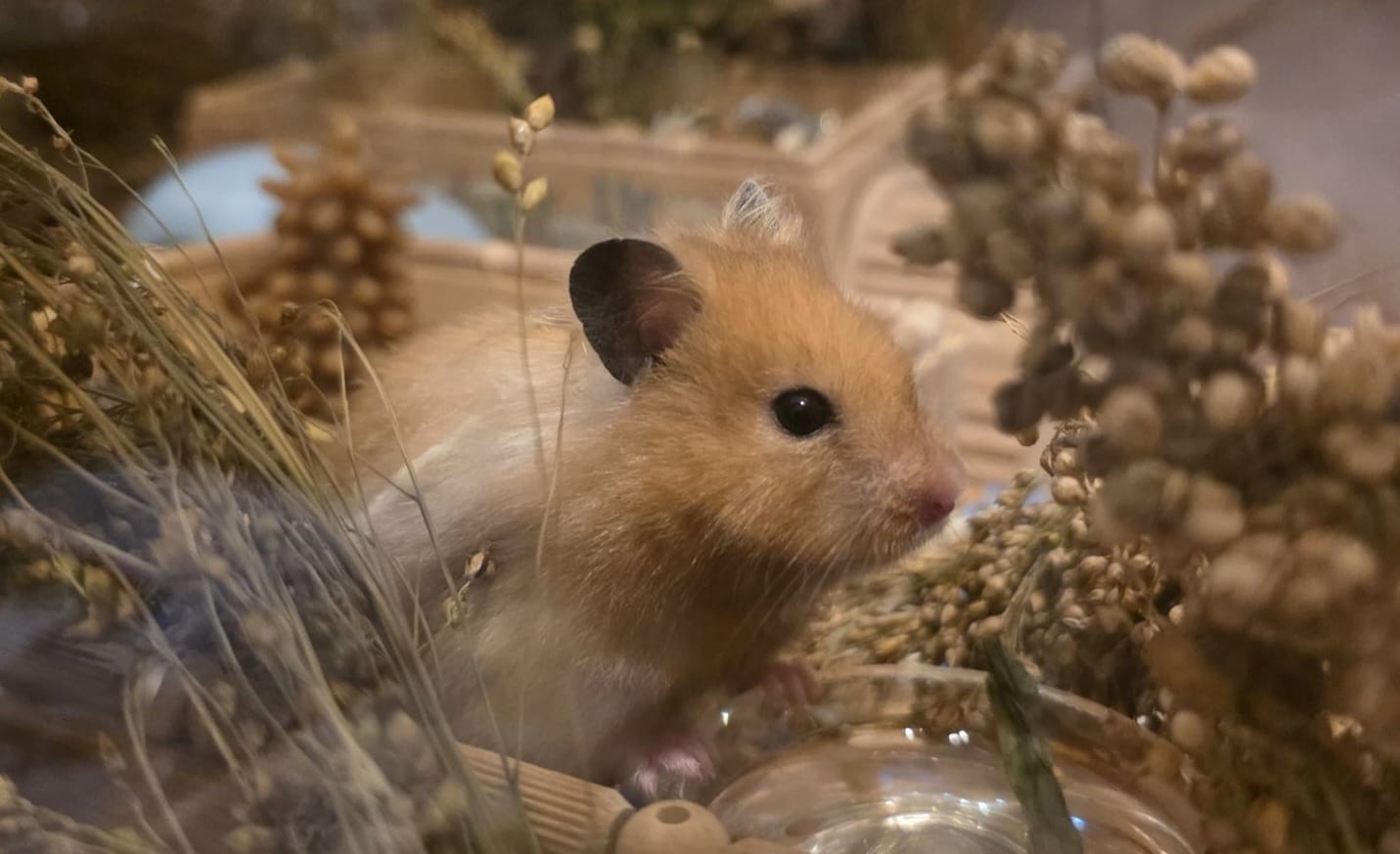
Hamster Care: The Five Welfare Needs
1) Provide a suitable environment:
- The recommended size of enclosure for a hamster is 100x50x50cm minimum. Bigger is often better, especially for female Syrians. Suitable enclosure examples are glass tanks, Bucastate 2.0/3.0, Mewoofun and Hopes Healthy Treats enclosure. The PawHut 115cm is also suitable, although you may want to put ceramic tiles on the bottom to prevent chewing as it is wood. The Ikea Detolf is suitable for dwarf species only due to height. The Savic Plaza 100/120, which is barred, can be made suitable if you use grass mats/Perspex/cardboard around the edge to allow for deep bedding.
- The enclosure must not be positioned in a draught or direct sunlight. The ideal temperature is between 18-22°. Never let the room go below 15°.
- The bedding must a minimum of 8 inches (25cm) deep, using either Paper-based (e.g. Teabag or CareFresh), Aspen, Spruce (e.g. Chipsi Classic) or Hemp bedding. Sawdust is NOT suitable due to their sensitive respiratory systems.
- As hamsters are prey animals, you must have multiple hides for them to sleep and feel safe in.
- Enclosures should be spot cleaned of unsoiled bedding and old food regularly.
2) Feed a suitable diet:
Hamsters need species-specific food, with a variety diet of seeds, nuts, protein and fresh foods. You can feed them a tablespoon of food every other day, or a smaller amount daily. They can have fruit/veg 2-3 times a way at hamster ear-sized pieces (Dwarfs should only have fruit around once every 2 weeks due to their risk of diabetes). Suitable food brands include Hamster Mixologists, Bunny Nature, Rodipet, GetZoo, HammyKins Chubby Cheeks and Bears. They all have separate mixes for Syrians and Dwarf hamsters. Your hamster’s water should be changed daily.
3) Allow the animal to exhibit normal behaviour patterns:
- Hamsters are burrowers, they need a minimum of 8inch (25cm) of bedding to burrow and make tunnels.
- Hamsters do plenty of running and therefore need a wheel. For Syrians, the minimum wheel size is 11inch (28cm). For Dwarfs, the minimum wheel size is 9inch (21cm).
- Hamsters love to chew for enrichment and to maintain their teeth. Chew toys, apple wood sticks, willow balls and cardboard rolls are great examples for chewing.
- Hamsters roll in sand to clean their fur, so a sandbath needs to be made with dust-free, hamster safe sand. Hamsters may also use their sand as a toilet.
- Hamsters would encounter many digging substrates in the wild, therefore providing different substrates is preferable and good enrichment. Examples are beech chips, flower forage, coconut husk chips, aspen, Timothy hay and coco fibre.
- Hamsters enjoy sprays, such as millet and flax sprays, for eating and using as coverage in their enclosure.
- Exercise balls are NOT suitable as they pose risk to their feet and are stressful for hamsters.
4) To not be housed with other hamsters/animals:
Hamsters in captivity are SOLITARY animals. It is a misconception that dwarfs should be housed together. Hamsters who are housed together are likely to be stressed and fight to the death. Hamsters are prey animals, so if you have animals in your home such as cats and dogs, it is best they are kept away from your hamster’s enclosure.
5) Be protected from pain, suffering, injury and disease:
Hamsters can live up to 2-3 years. During this time, they will need to be cared for and provided medical care when needed from an Exotic vet. Most commonly, hamsters can be susceptible to respiratory illness, wet tail and lumps.
Hamster breeds
Syrian hamster

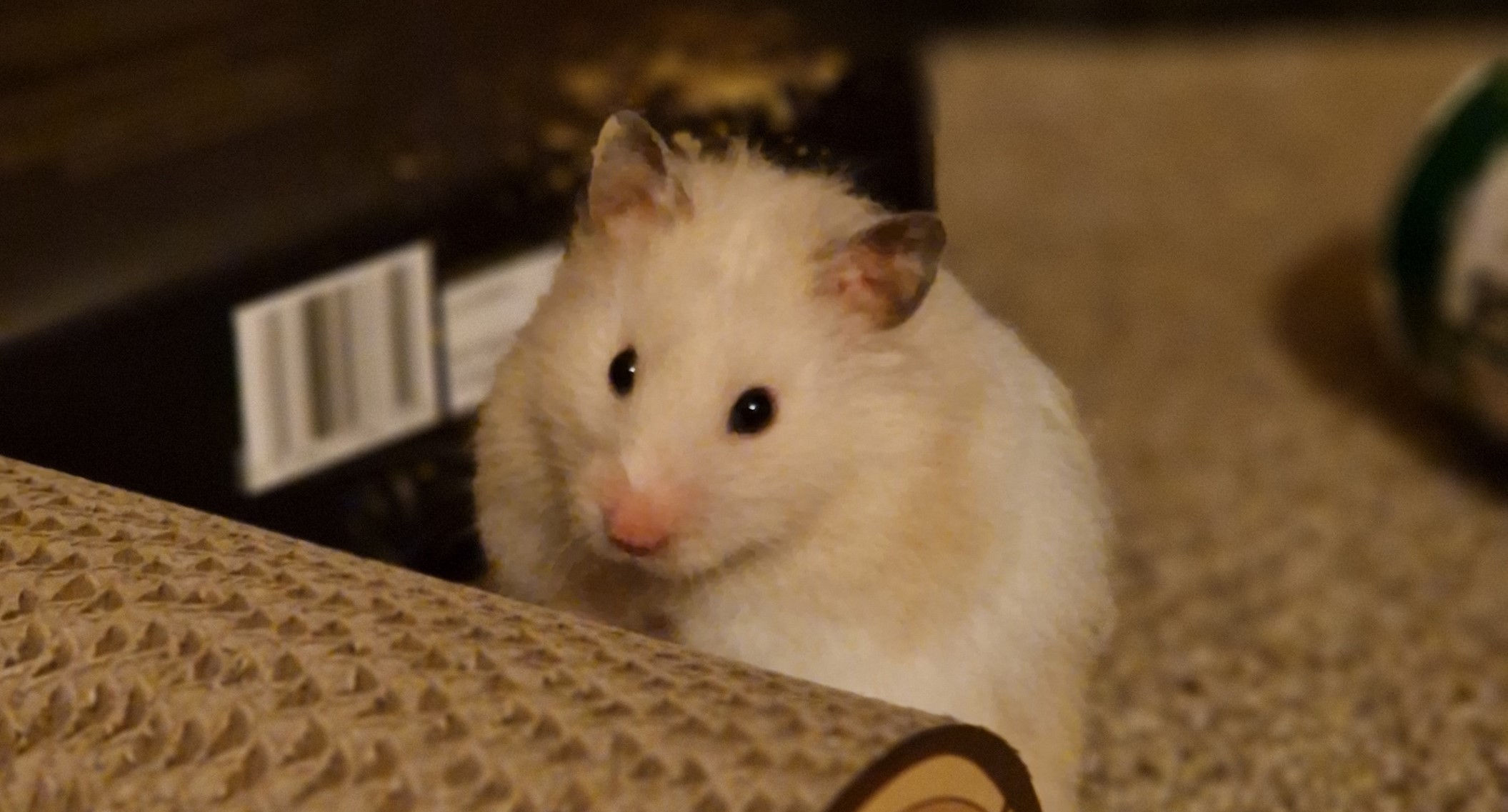
Roborovski hamster
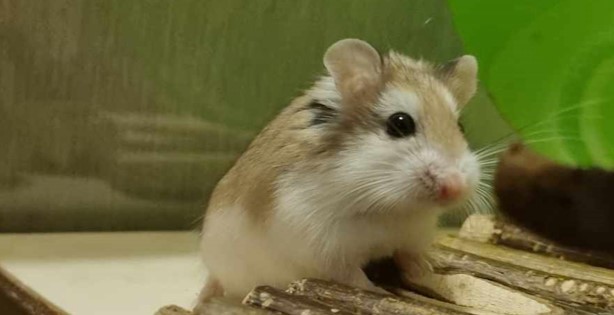
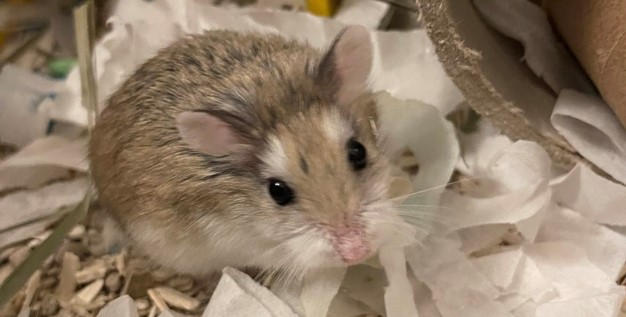
Winter white hamster
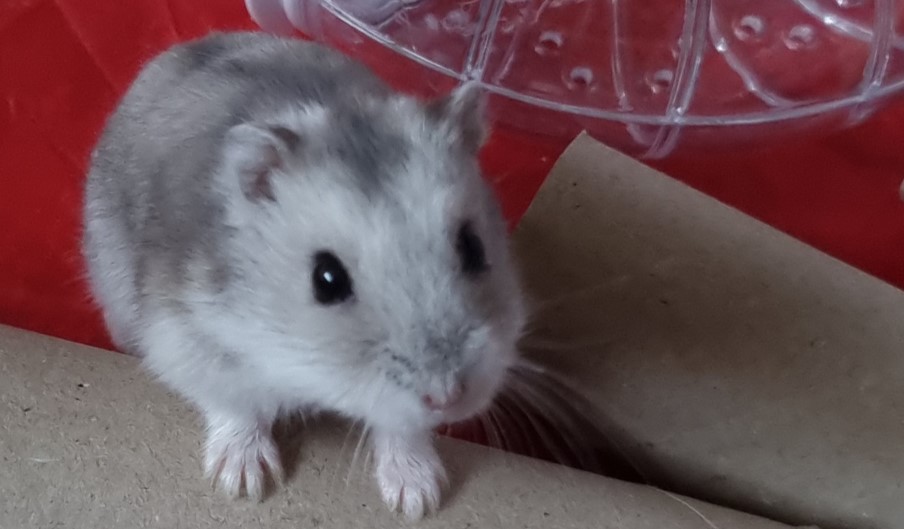
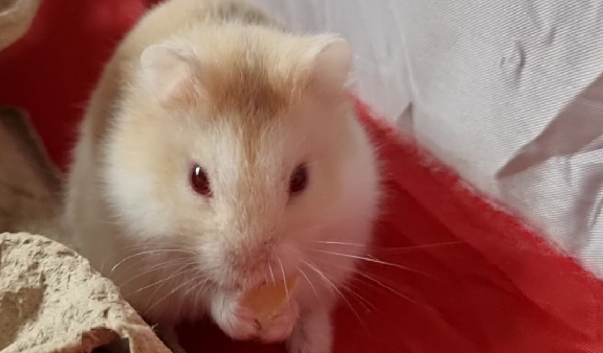
Campbell’s dwarf hamster
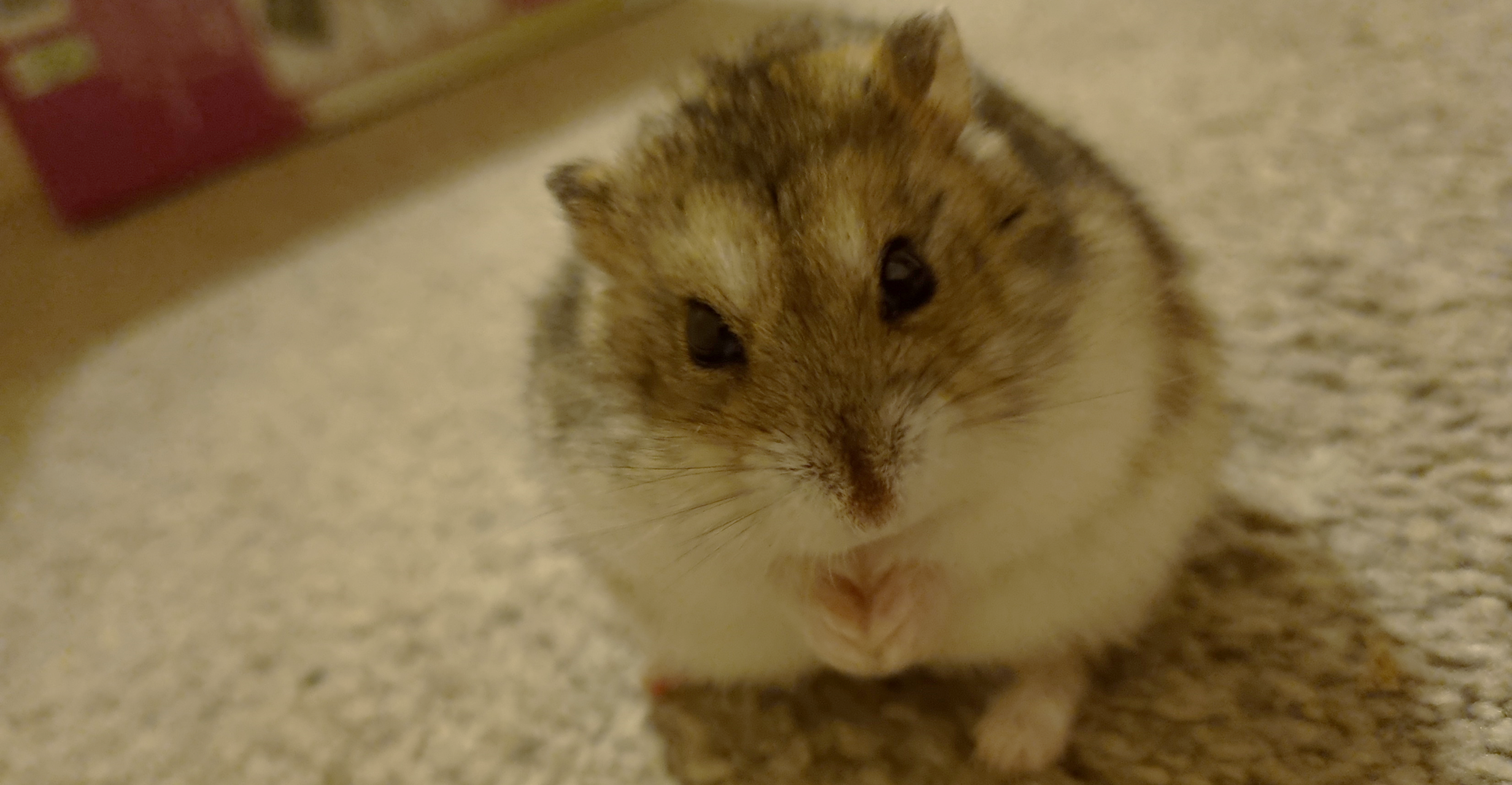
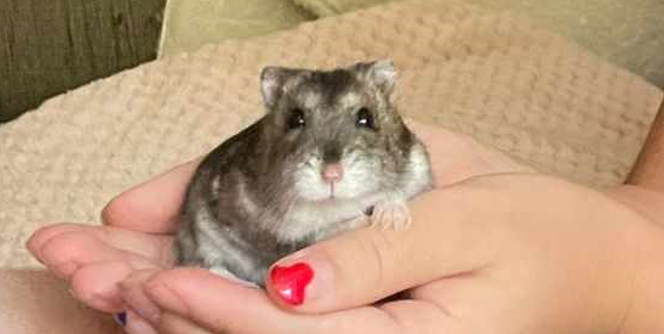
Chinese hamster


